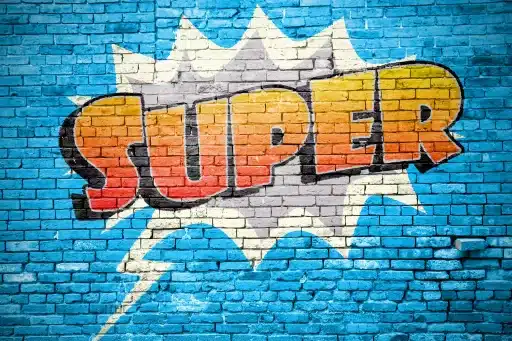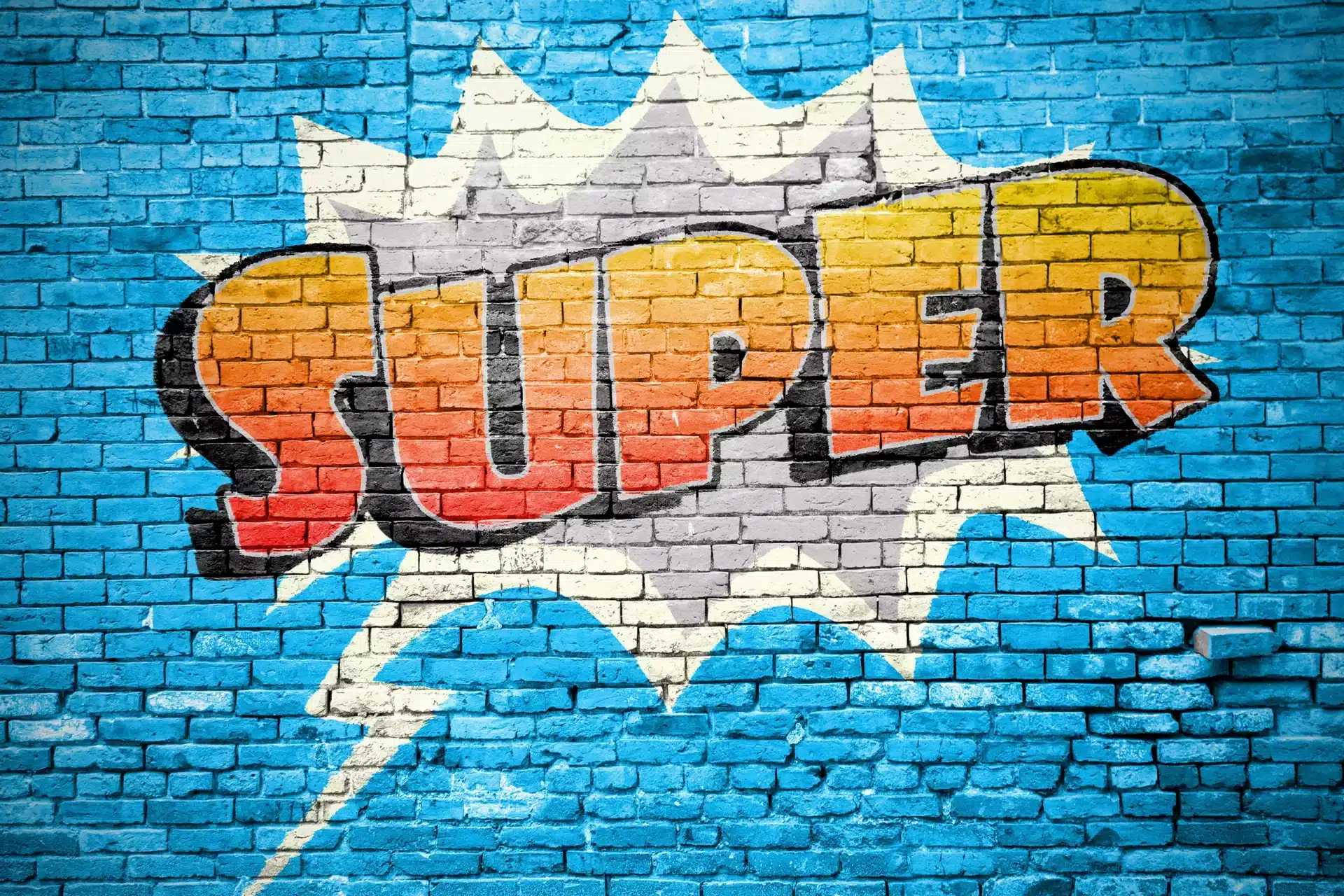Introduction
In the realm of modern lexicons, online dictionaries like Urban Dictionary serve as a cultural mirror, reflecting the language and expressions used in various subcultures and communities. One term that often sparks interest and curiosity is “bear.” In this article, we will explore the definition, usage, and significance of the term in contemporary society.
What Does ‘Bear’ Mean?
In Urban Dictionary, the term “bear” primarily refers to a specific type of gay man, characterized by certain physical and personality traits. Generally, bears are often heavier set, have facial hair, and embrace masculinity. However, the term is multifaceted and can also represent strength and ruggedness beyond the LGBTQ+ community.
The Origins of the Bear Culture
The concept of the bear emerged in the late 20th century, particularly within the gay community. It gained popularity mainly due to the subculture’s embrace of body positivity and the rejection of traditional norms of masculinity and attractiveness. Bears symbolize a rebellion against the often stereotypical portrayals of gay men in media.
Types of Bears
Within the bear community, there are various subcategories that have evolved over time. Here’s a brief overview:
- Otter: A lean bear, typically with body hair but not as stout.
- Wolf: A masculine man who is often seen as more athletic.
- Cubby: A bear that is smaller in stature but still embodies the bear characteristics.
- Polar Bear: A bear with predominantly white or very light body hair.
Usage in Pop Culture
The bear community has inspired various forms of media, including television shows, movies, and literature. One notable example is the crowded and vibrant atmosphere of bear-themed festivals such as Bear Week in Provincetown, Massachusetts, which attracts thousands annually. These cultural events highlight the camaraderie within the community while promoting body positivity.
Case Studies: The Impact of Bear Culture
The bear culture is not just a trend but a significant movement that advocates for body acceptance among gay men and the broader community. Numerous case studies have shown that participating in bear events can lead to increased self-esteem and community solidarity. For instance, a case study published in the Journal of LGBT Issues in Counseling illustrated how attendees of bear gatherings reported a heightened sense of belonging.
Statistics on the Bear Community
Recent surveys conducted within the LGBTQ+ community provide insight into the bear subculture:
- Approximately 30% of gay men identify as part of the bear community.
- 70% of bears surveyed expressed satisfaction with their body image.
- 80% of event attendees reported they felt accepted and valued in bear culture.
Conclusion
The term “bear,” as defined by Urban Dictionary, represents more than just a physical stereotype; it encapsulates a community that celebrates diversity in body types and masculinity. This vibrant subculture not only reshapes perceptions of gay men but also encourages inclusivity and self-love. As society continues to evolve, so will the language we use, but the essence of what it means to be a bear will remain a powerful assertion of identity and pride.


